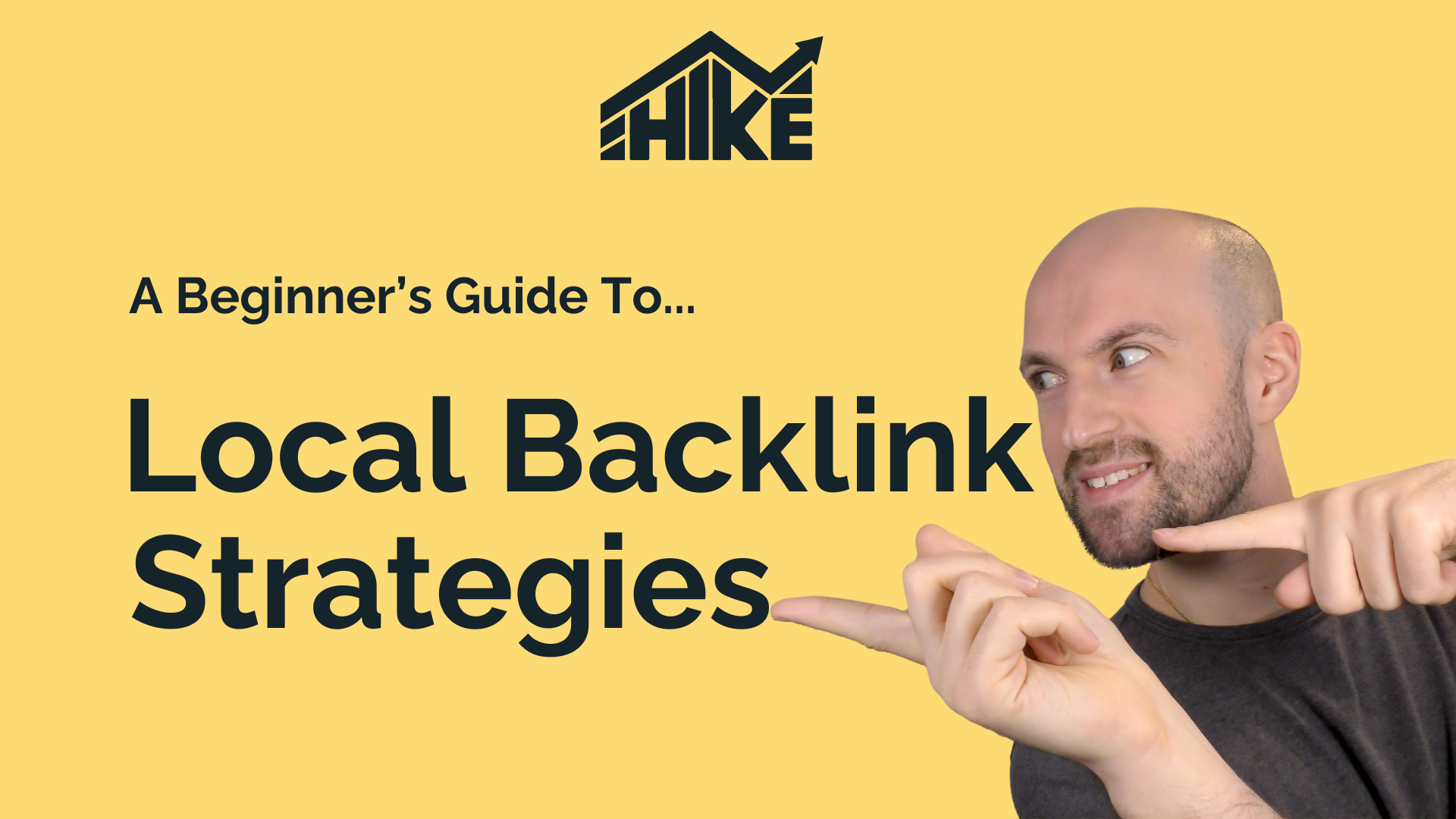In this video, we’ll discuss website migration and its impact on SEO. We’ll start by understanding what website migration entails and explore the various types of migration. Additionally, we’ll delve into the importance of setting goals and planning before initiating the migration process. You can watch the video or read the text summary below:
Website migration is a complex procedure involving moving a website from one environment to another. This could include changing web hosts, switching domains, redesigning site structures, or updating technologies. It encompasses tasks like transferring files, databases, updating URLs, redirecting old pages, and post-migration testing. However, many businesses face challenges due to inadequate planning, leading to significant drops in website traffic and search engine rankings.
To mitigate these risks, it’s crucial to understand the types of migrations, such as platform migration, domain migration, and content migration. Each type requires careful consideration and planning to minimize SEO impact.
Effective planning involves creating a comprehensive timeline and action plan, outlining tasks, and involving key team members. Tools like Google Sheets or project management systems such as Asana can facilitate this process. Aligning migration objectives with overall business strategy ensures a smooth transition.
Pre-migration preparation steps include conducting a thorough content review to assess relevance and quality, identifying improvement opportunities, and using tools like XML sitemaps for organization. Technical assessments help uncover potential challenges and collaborate with IT or development teams for support.
During the migration process, defining clear scopes of work, anticipating challenges, and having contingency plans are essential. Breaking down the migration into distinct stages with defined objectives and deliverables ensures accountability and progress monitoring. Regular check-ins and using monitoring tools like Google Analytics and Google Search Console help track performance and identify any issues promptly.
Redirect mapping is critical to ensure a seamless transition. Thoroughly testing redirects and reviewing them before finalizing the migration helps prevent errors. Tools like Hike SEO can assist in identifying and fixing any 404 errors post-migration.
In conclusion, proper planning, thorough preparation, and meticulous execution are essential for a successful website migration with minimal SEO impact. For further assistance, reach out to us, and consider signing up for Hike SEO to optimize your website’s SEO performance. Thank you for watching, and take care!



